Sky-watchers around the world were in for a treat on September 27 and 28 when the shadow of Earth cast a reddish glow on the moon , which is the result of the rare combination of an eclipse with the closest full moon of this year. The total “super moon” lunar eclipse, also known as a “blood moon” is the one that appears bigger and brighter than usual as it reaches the point in its orbit that is closest to Earth .
It was the fourth appearance of the blood moon over the last two years in a Tetrad Series. In astronomy, tetrad is a set of four lunar eclipses within two years. The previous one was in 1982 and the next will be in 2033.
The phenomenon was visible from North and South America, Europe, Africa and parts of West Asia and the eastern Pacific. On Sunday, for more than an hour, the Earth’s shadow blanketed the full moon as the planet passed between the sun and the moon. The white glow of the moon slowly transformed into dim red. The colouring was caused by Earth’s atmosphere scattering the sunlight into the shadow.
Take a look:
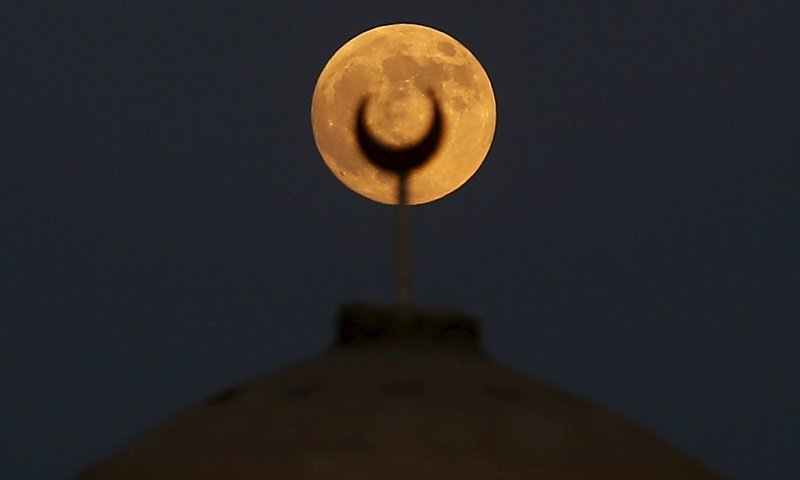
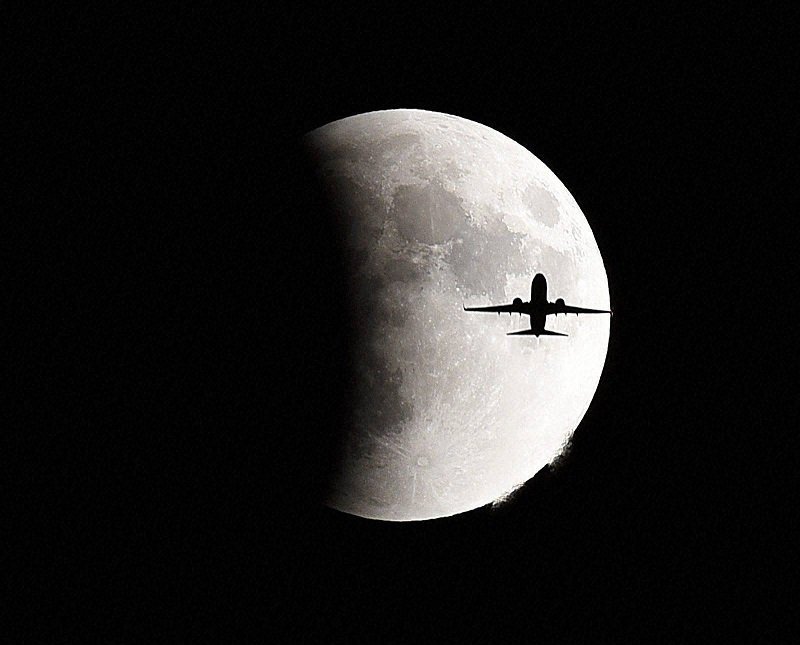
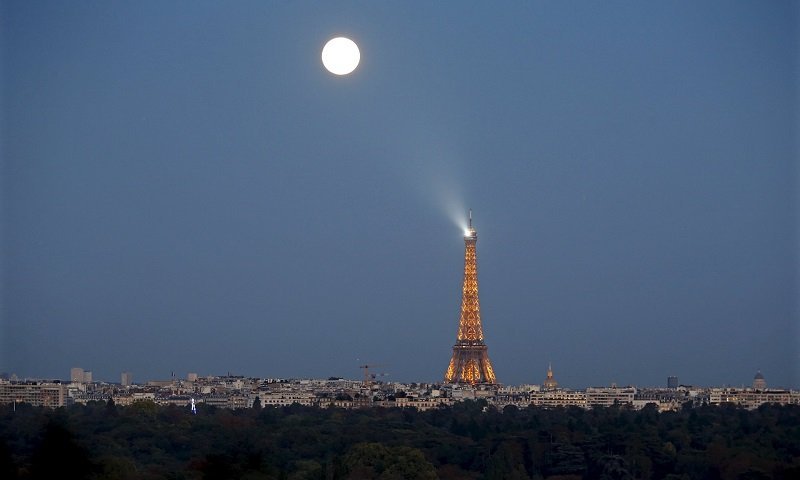
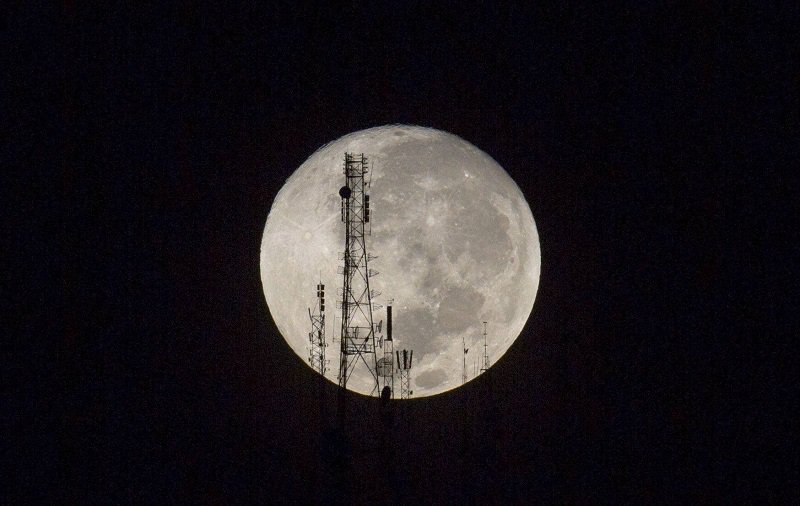
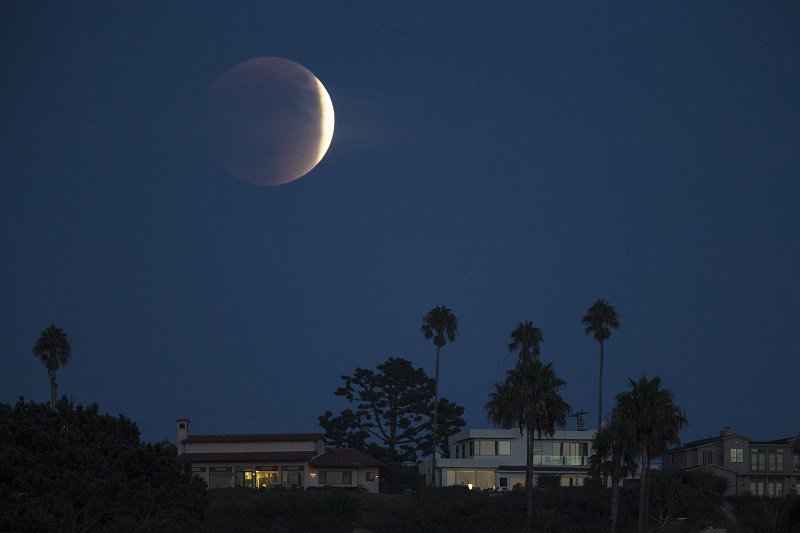
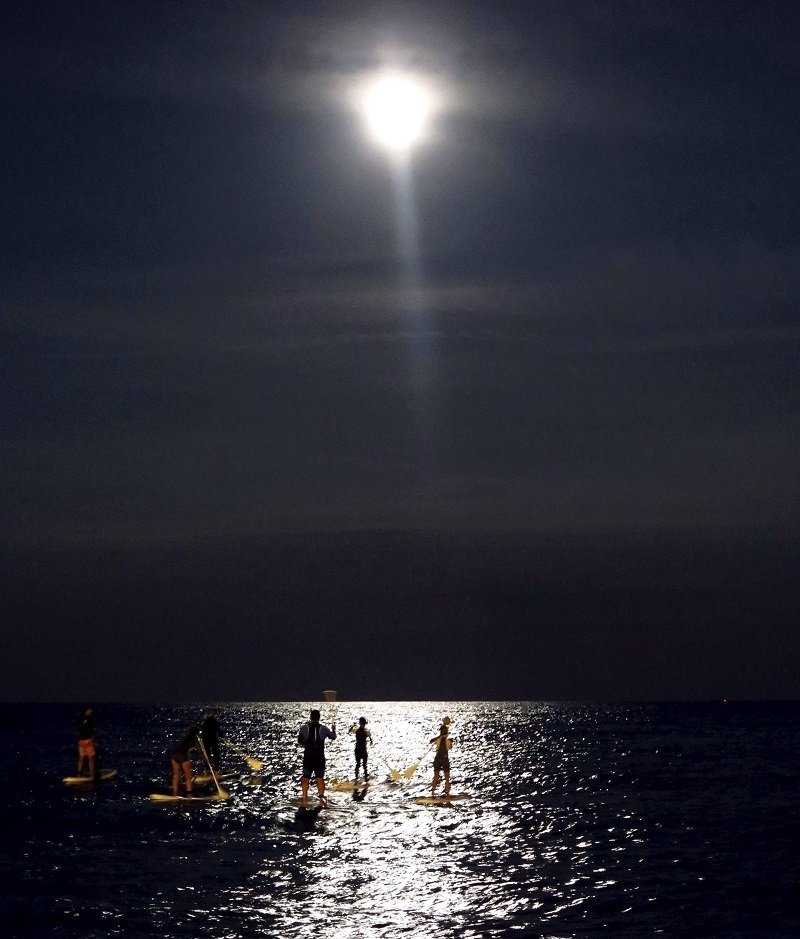
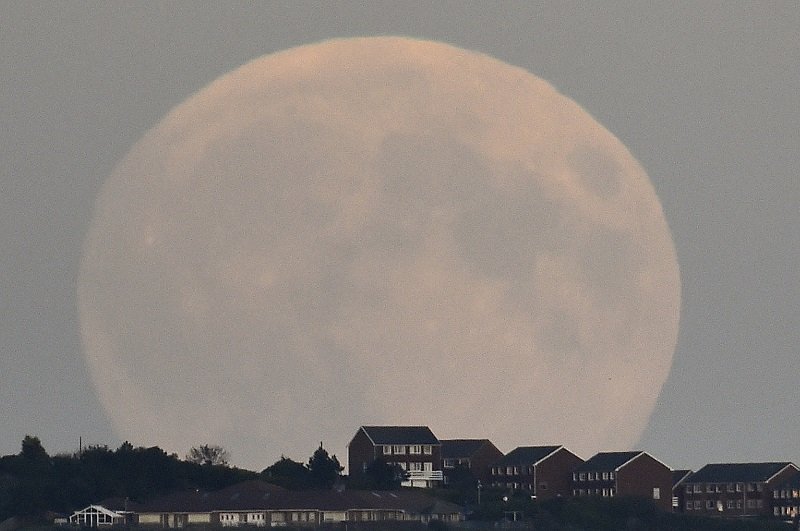
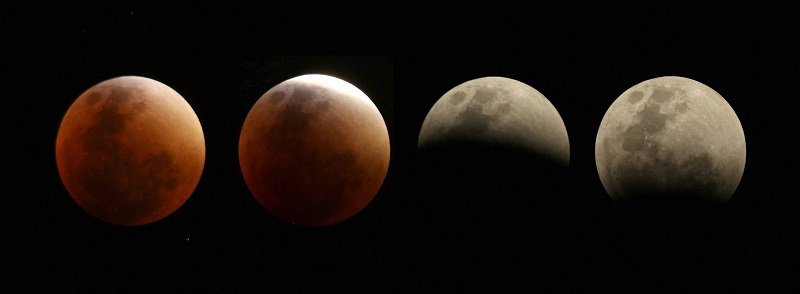
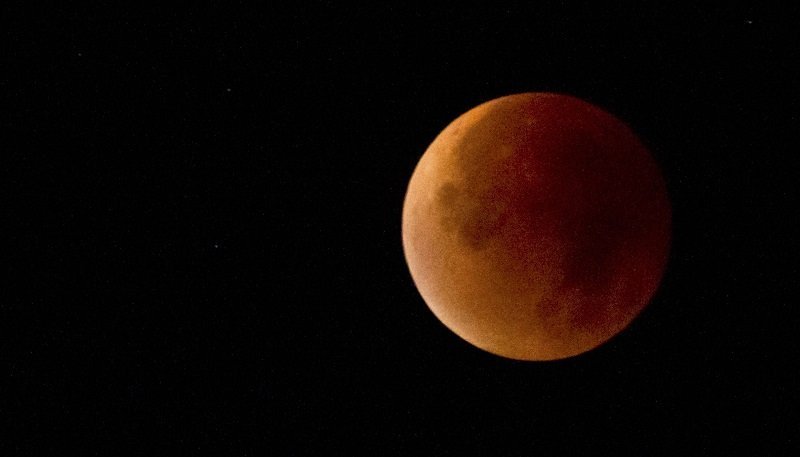
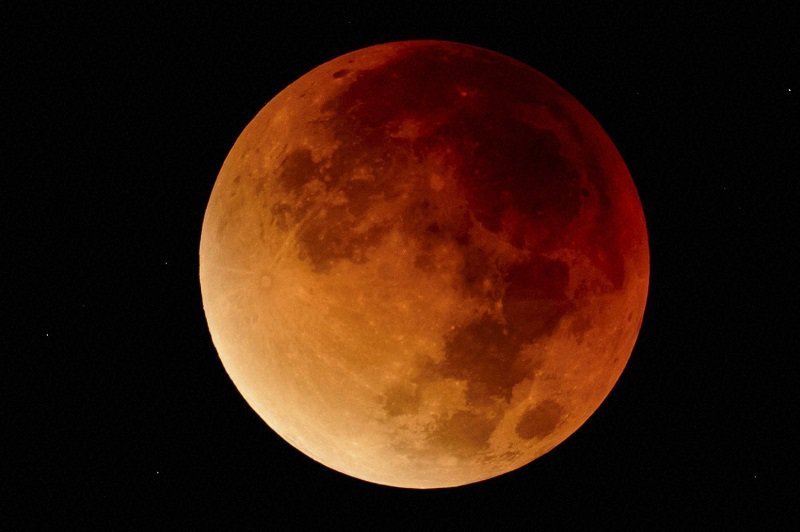
In case you missed it, here is a preview of the Super Moon Lunar Eclipse captured by NASA.
September 27, 2015 Total Lunar Eclipse: Shadow ViewA preview animation of the Super Moon Lunar EclipseOn the evening of September 27, 2015 in the Americas (early morning on September 28 in Europe and most of Africa), the Moon enters the Earth’s shadow, creating a total lunar eclipse, the last of four visible in the Western Hemisphere in a span of 18 months. This animation shows the changing appearance of the Moon as it travels into and out of the Earth’s shadow.
Posted by NASA Goddard on Sunday, September 27, 2015
(With inputs from Reuters)

















